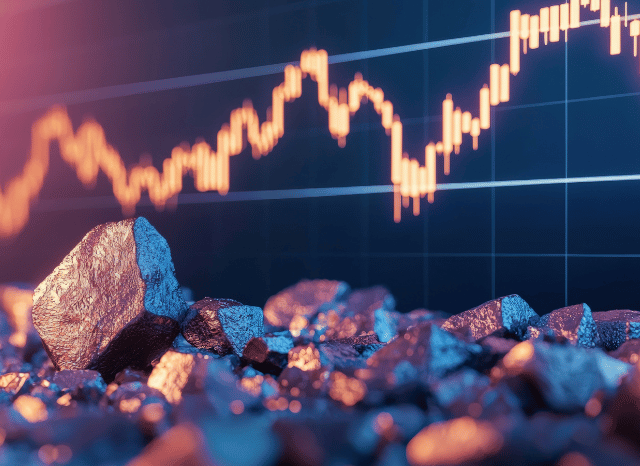
The strategic metals powering the Vitality transition at the moment are centre stage in geopolitics and market.
When confined to niche scientific and industrial circles, scarce earth features (REEs) have surged into world-wide headlines—and for good rationale. These 17 features, from neodymium to dysprosium, will be the building blocks of contemporary technological innovation, taking part in a central purpose in almost everything from wind turbines to electric powered automobile motors, smartphones to defence units.
As the entire world races to decarbonisation and digitalisation, demand for REEs is soaring. Their part from the energy transition is vital. Significant-efficiency magnets designed with neodymium and praseodymium are vital to the electrical motors Utilized in both equally EVs and wind turbines. Other REEs like europium and terbium are practical for lights, displays, and optical fibre networks.
But supply is precariously concentrated. China presently qualified prospects the sourcing, separation, and refining of unusual earths, controlling over eighty% of worldwide output. This has still left other nations scrambling to construct resilient supply chains, cut down dependency, and safe entry to these strategic resources. Consequently, scarce earths are no more just industrial resources—they're geopolitical belongings.
Investors have taken Take note. Curiosity in rare earth-linked stocks and exchange-traded resources here (ETFs) has surged, driven by both of those the growth in clean up tech and the desire to hedge from supply shocks. Nonetheless the market is advanced. Some organizations remain in the exploration stage, Many others are scaling up manufacturing, when several are now refining and offering processed metals.
It’s also vital to be familiar with the distinction between rare earth minerals and uncommon earth metals. "Minerals" seek advice from the Uncooked rocks—like bastnasite, monazite, xenotime, or ionic clays—that comprise rare earths in all-natural kind. These need intensive processing to isolate the metallic components. The term “metals,” Alternatively, refers to the purified chemical components used in higher-tech applications.
Processing these minerals into usable metals is costly. Beyond China, several international locations have mastered the total industrial method at scale, although locations like Australia, the U.S., Vietnam, and Brazil are Operating to vary that.
Need is becoming fuelled by several sectors:
· Electrical mobility: magnets in motors
· Renewable Vitality: especially wind turbines
· Purchaser electronics: smartphones, laptops, sensors
· Defence: radar, sonar, precision-guided devices
· Automation and robotics: progressively important in marketplace
Neodymium stands out as a very worthwhile rare earth as a consequence of its use in effective magnets. Others, like dysprosium and terbium, enrich thermal steadiness in large-general performance applications.
The unusual earth current market is risky. Costs can swing with trade policy, technological breakthroughs, or new provide sources. For traders, ETFs present diversification, while immediate inventory investments have higher danger but probably increased returns.
What’s crystal clear is usually that rare earths are now not obscure chemical curiosities—they’re strategic resources reshaping the worldwide economy.